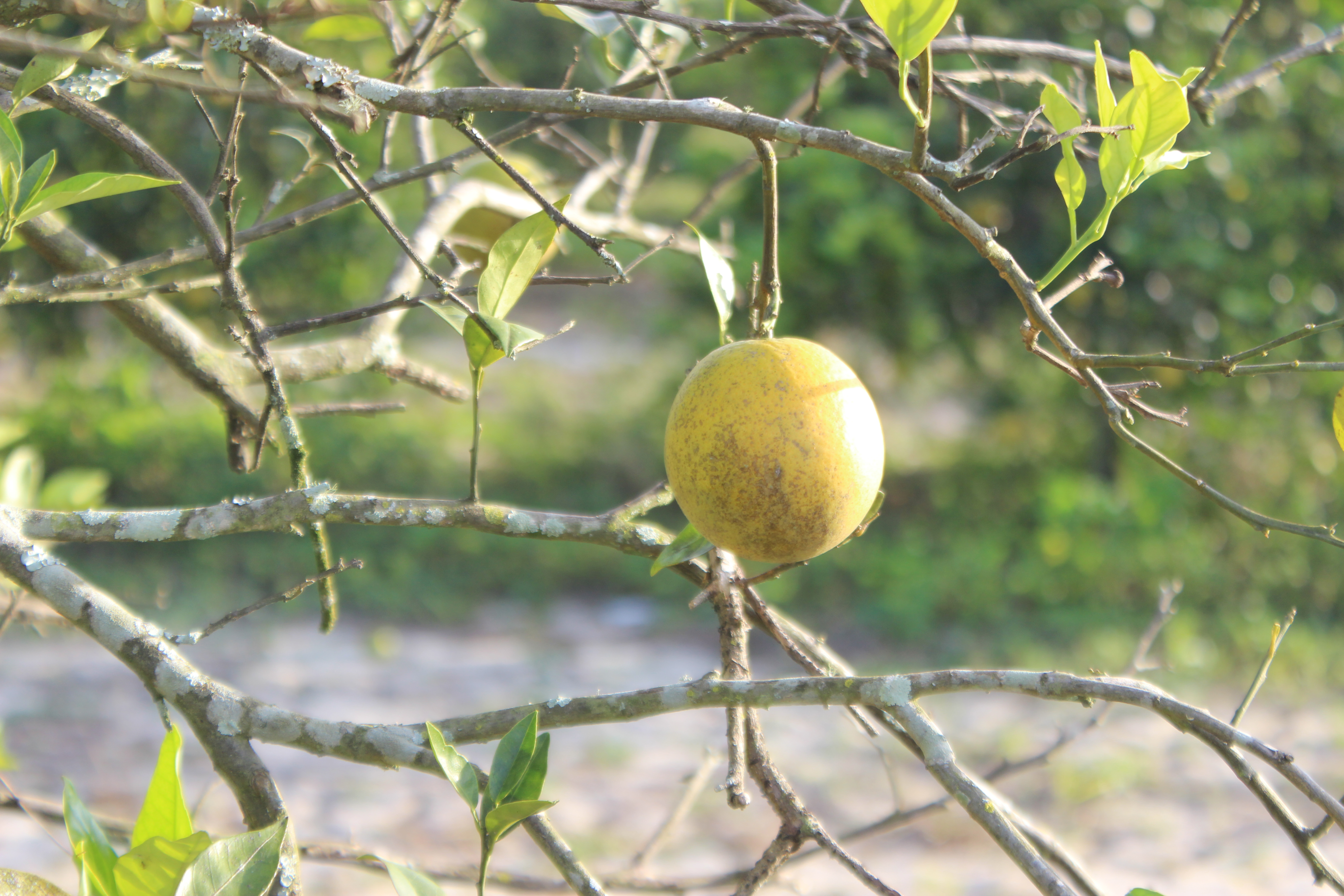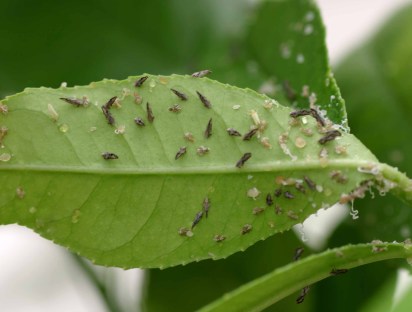A Threat to Santa Barbara’s Citrus Inches Closer
Residents and Growers Must Gear Up for the Fight

Santa Barbara County is filled with thousands of acres of beautiful citrus tree varieties, many of which line Highway 101 from Gaviota to Carpinteria, creating a colorful landscape along the coast. But imagine if our region were no longer able to grow citrus — eliminating the possibility of harvesting fruit from backyard trees and threatening the livelihood of the citrus industry growers and workers who rely on this crop. While once unimaginable, this could be our reality if we don’t work together and quickly.
Over the past year, populations of a dangerous pest called the Asian citrus psyllid (ACP) have been increasing throughout residential areas of Santa Barbara County, and this spike in detections has me and my fellow citrus growers concerned about the threat of the fatal plant disease this pest can carry, called huanglongbing (HLB). While HLB has not yet been found in our area, all it takes is one citrus tree to be infected with the incurable plant disease to signal a major shift in the fight to save our citrus trees.

Nearly 200 detections of the insect— found in areas stemming from Carpinteria to Goleta — have occurred within the first three months of 2021. In 2020, Asian citrus psyllid detections spiked to over 748, surpassing the number of bugs found in our area in 2018 and 2019 combined. While detections of this psyllid aren’t unusual, we can’t let our guard down. As homeowners, inspecting our own citrus trees can help ensure this pesky bug is removed properly and is the first step in the collective effort to avoid the growing trend we saw in 2020. As growers, our livelihoods depend on the health of our citrus trees and together with homeowners, we need all hands on deck to be successful in protecting our citrus trees so we can enjoy this healthful fruit for generations to come.
The coastal growing region — of which Santa Barbara County is a part — is the state’s major producer of lemons, in addition to Valencia oranges. While the tiny pest may not appear dangerous, psyllids have been infesting Southern California’s backyard citrus trees for over eight years. Some are responsible for infecting more than 2,300 trees with the deadly huanglongbing disease. Just a few hours away on the highways, Los Angeles, Orange, Riverside, and San Bernardino counties have been fighting this battle in their own backyards. While huanglongbing hasn’t made its way into a commercial citrus grove yet in California, Florida’s commercial citrus production has been decimated by this deadly disease, showing us exactly what can happen if we don’t act now.

The Citrus Pest & Disease Prevention Division — a division of the California Department of Food and Agriculture (CDFA) — and the Santa Barbara County Agricultural Commissioner’s Office are working around the clock to keep our citrus safe by notifying industry members and residents of new detections, visually inspecting residential citrus trees, and conducting surveys, traps, and testing psyllids found in our area. However, they’re just one piece to the puzzle when it comes to controlling psyllid populations in our area. No matter how many trees you care for on your property, this deadly disease is nearing our doorstep and it’s my hope that you’ll join me and my fellow citrus growers to stop these pests in their tracks.
How Santa Barbara County Residents Can Help
- Report any signs or symptoms of ACP to the free CDFA Pest Hotline as soon as possible: 800-491-1899.
- Allow agricultural officials to access your property so they can look and treat for the pest.
- Take proper care of your tree. Obtain citrus care advice from CaliforniaCitrusThreat.org.
- As part of your tree maintenance, visit your local nursery or garden center to get advice on products that can help protect your citrus tree.
- When pruning your tree, dry out citrus clippings or double bag them before removing the plant material from the property.
- Do not move citrus plants, foliage, or fruit in or out of your area, or across state or international borders.
- Consider removing unwanted or uncared for citrus trees so they do not become a host to pest or disease.
Citrus is an irreplaceable part of our coastal California heritage, please join me in preserving this state treasure for generations to come. To learn more, residents can visit CaliforniaCitrusThreat.org, and citrus industry members are encouraged to sign-up for alerts at CitrusInsider.org.
Zach Rissel is the general manager and managing partner of La Patera Ranch in Goleta, with almost 24,000 lemon trees spread over 180 acres.




You must be logged in to post a comment.